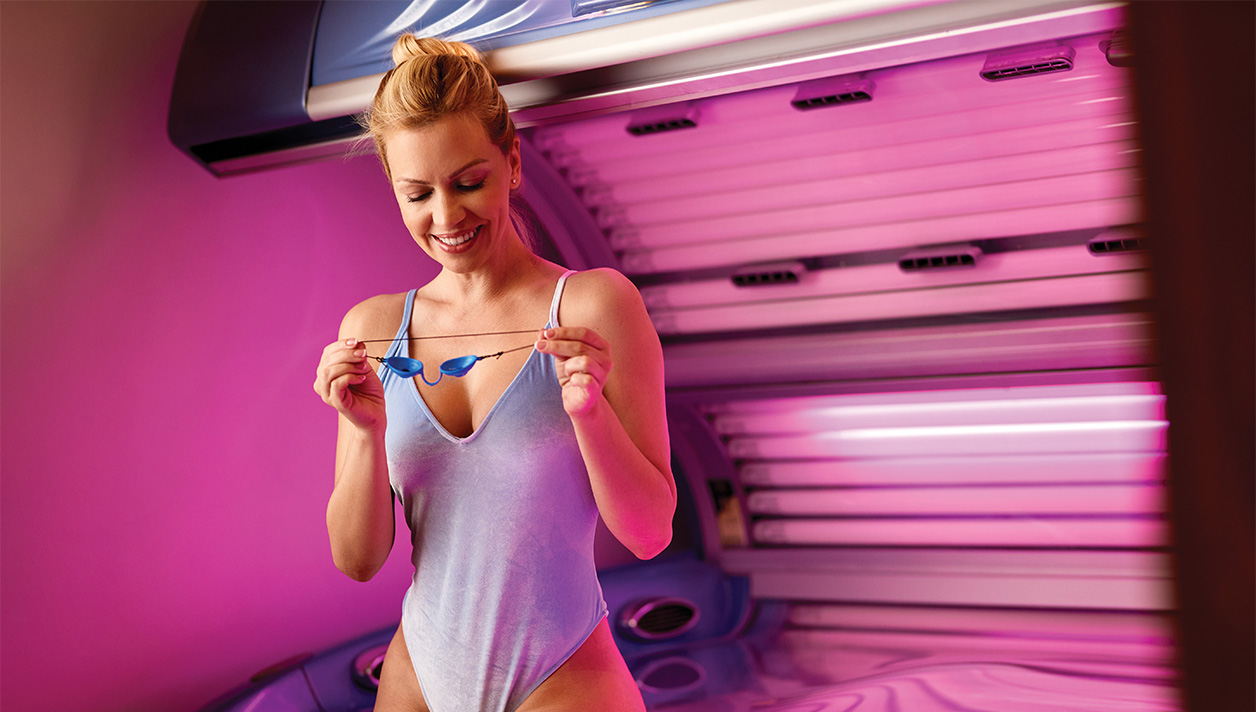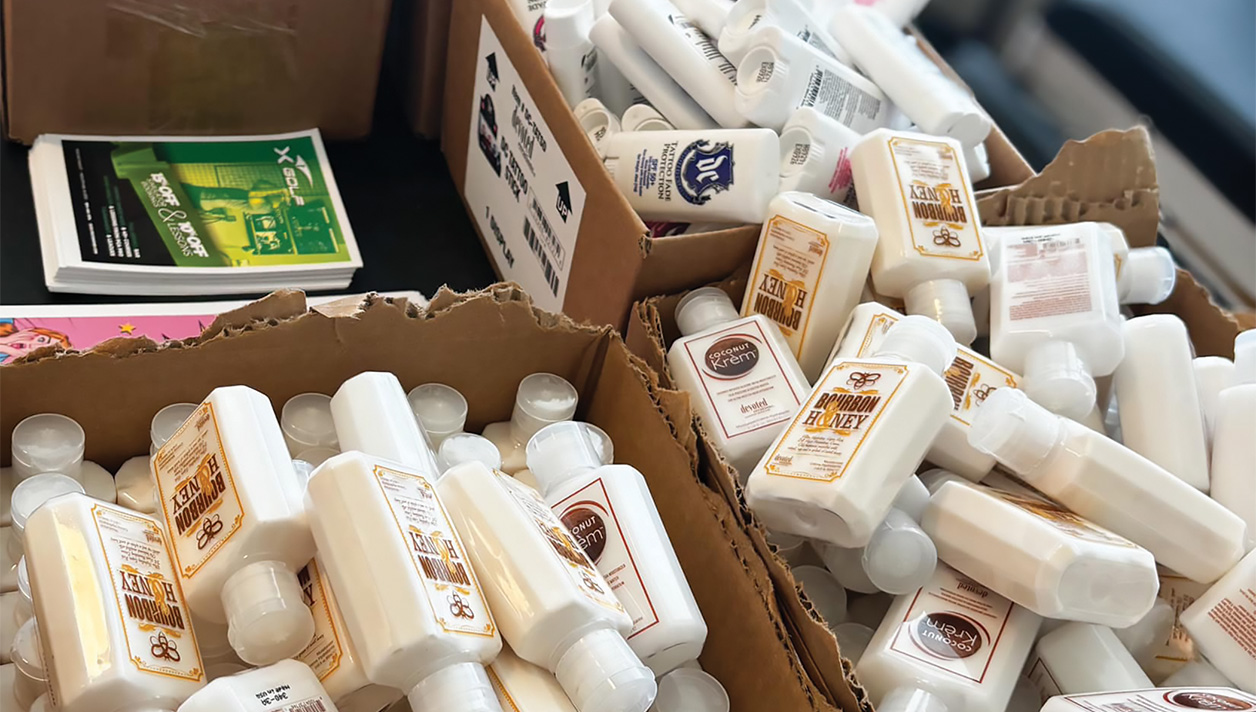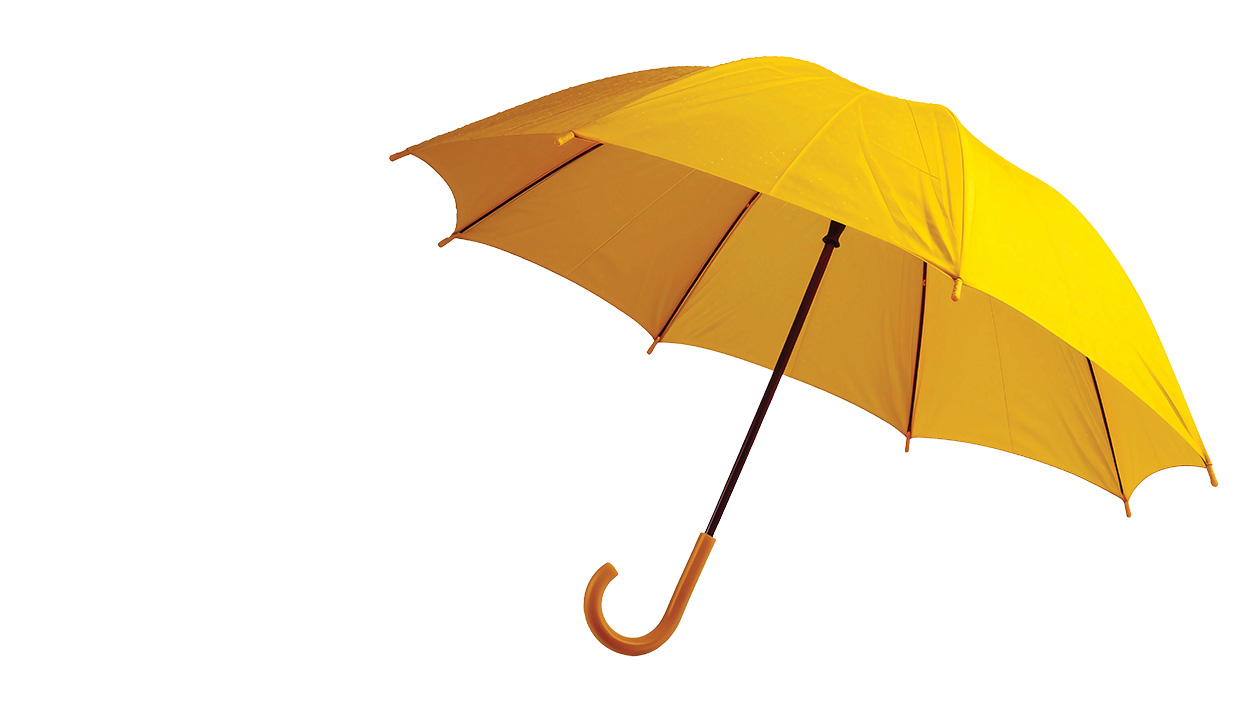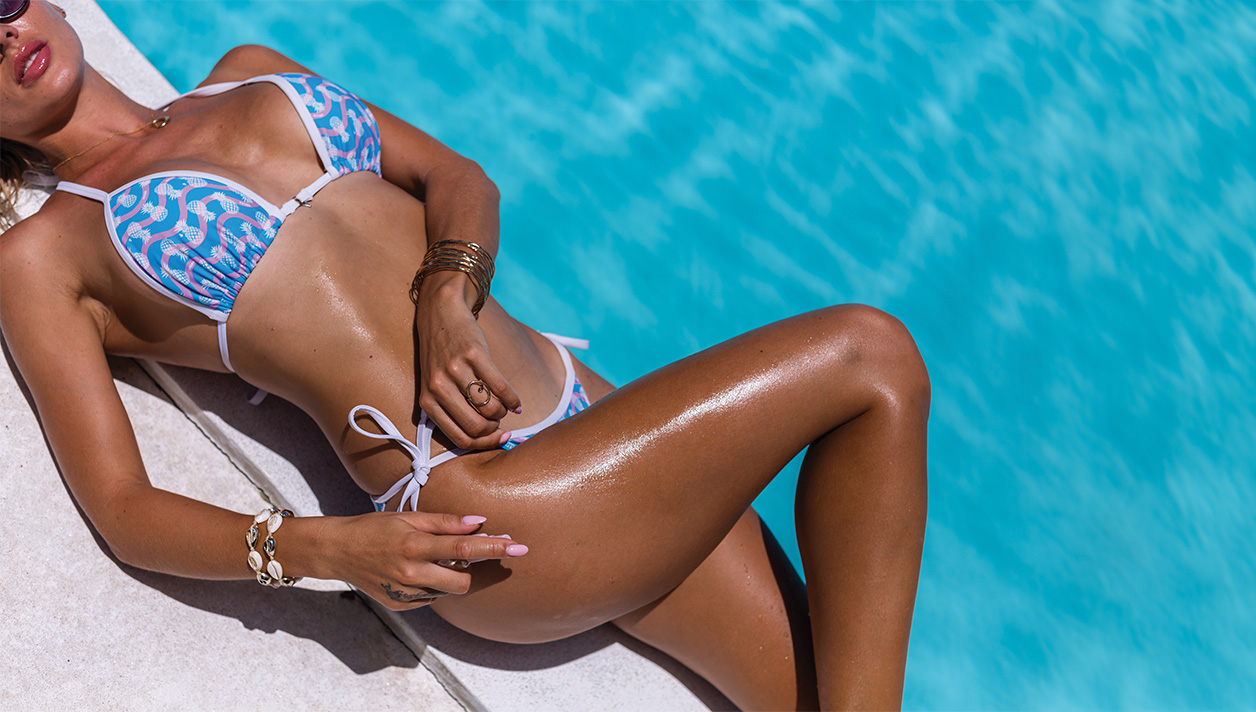As we push through winter to get to our prime indoor tanning season, a recent survey suggests that we need to protect our skin with sunscreen throughout these winter months. Huh?
That’s right, according to the survey from the Melanoma Foundation of New England, the Denver Post points to “New survey warns Coloradans to keep using sunscreen even when the temperature drops” suggesting that only 6% of adults are using sunscreen throughout the year: Coloradans, who live at altitude and who ski, climb, hike and otherwise play in the mountains, get higher doses of the ultraviolet rays that cause cancer than flatlanders. But the survey shows they don’t use sun block as consistently as those in other western states. For example, only 7.69 percent of Colorado respondents always put on sunscreen during the fall. According to the Climate Control Center, the Denver area generally has about 300 days each year with at least one hour of sunshine. About 115 per days each year fit the classic definition of clear.
Well, I have skied in both Colorado and Utah and would agree that at high altitudes, it’s important to use sunscreen when hitting the slopes. Those of you who have taken the Sun is Life® Training & Certification program will remember that UV intensity is much stronger at higher altitudes and combined with the reflectivity of the snowy surfaces, you can definitely get sunburned. You also learned that there is no “generic amount” of sunlight, which flies in the face of many media reports on indoor tanning.
Negative reports about our industry have used phraseology such as: tanning beds are ten times stronger than the midday sun or stronger than a day at the beach. Clearly, your geographic location and proximity to the equator play a role, as does time of day, time of year, reflective surfaces such as sand, snow and water, altitude, pollutants in the air and cloud cover. However, what is missing from the Denver Post story (at least to me) is some factual information on winter UV intensity in Colorado. According to the U.S. Environmental Protection Agency, the UV Index in Colorado for December and January hovers between a 1 and a 3. The EPA points out, “Ozone depletion, as well as seasonal and weather variations, cause different amounts of UV radiation to reach the Earth at any given time. Taking these factors into account, the UV Index predicts the level of solar UV radiation and indicates the risk of overexposure on a scale from 0 (low) to 11 or more (extremely high).”
Whenever I read stories promoting year-round sunscreen use, it makes me wonder how we’ve survived as a species! Sunscreens have only been available on a wide, commercial basis since the 70s – just a minuscule sliver of our time here on earth. Then, I quickly jump to the billions of dollars involved in the production and sales of suncreens and “I get it.”
So, what’s my point? Your salon team needs Sun is Life Training & Certification – a factual program which explains UV intensity in depth and includes info about explaining the risks of overexposure and sunburn to your salon guests … something every tanning professional should know.
Whenever I read stories promoting year-round sunscreen use, it makes me wonder how we’ve survived as a species!
























